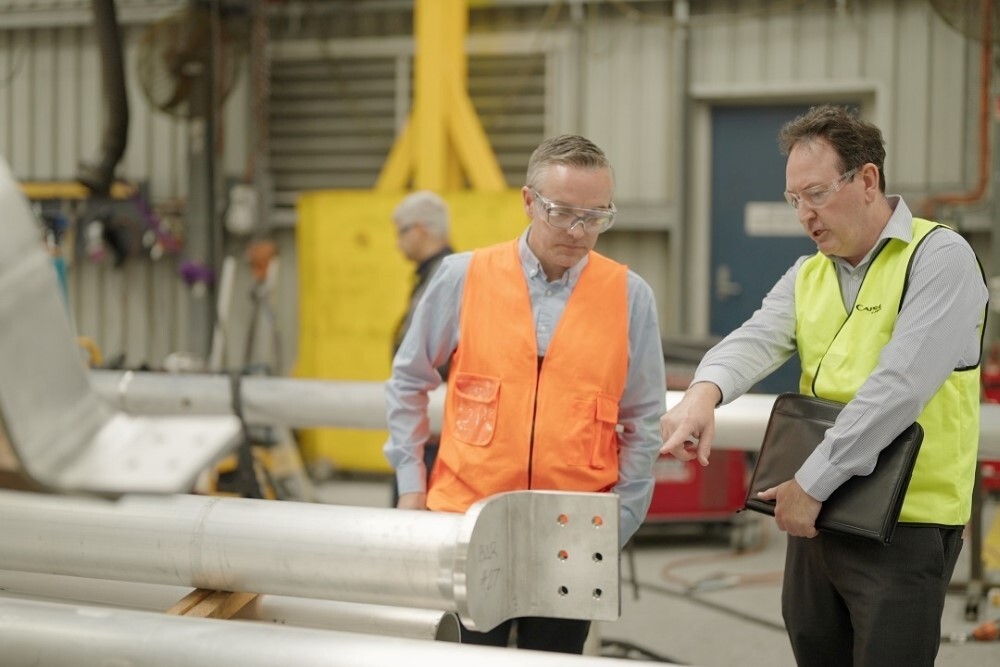

In the dynamic and constantly evolving landscape of energy infrastructure, progress is driven by the synergy between engineering excellence and dependable materials. A prime example of this is the collaboration between PLP Australia and Capral Aluminium, whose combined expertise has been instrumental in advancing one of Australia's major energy projects—Project EnergyConnect.

Project EnergyConnect (PEC) is a landmark 900-kilometre interconnector that unites the electricity grids of New South Wales, Victoria, and South Australia for the first time. The aluminium used in the busbars for Project EnergyConnect is sourced from Capral, not just as a supplier, but as a trusted long-term partner to PLP.
Adam Talbot, General Manager of Sales and Marketing at PLP Australia, said, "If there is an event that impacts the power network like what happened in South Australia a few years back, a line like this will help redirect power from other states so electricity can be restored quickly."
From the outset of the project, Capral collaborated closely with PLP's engineering team to identify and supply the optimal aluminium alloys, ensuring the material met the specific mechanical strength and performance demands required for the substations. Designed to enhance energy security and reliability, this transformative project stretches 700 kilometres through New South Wales and 200 kilometres into South Australia, making it one of the country's most extensive energy infrastructure undertakings.
Engineered to strengthen grid resilience and support the transition to renewable energy, the interconnector also serves a crucial role in safeguarding against large-scale energy disruptions.
Aluminium is exceptionally well-suited for energy infrastructure and is crucial in supporting Australia's transition to renewable energy. Its outstanding conductivity, corrosion resistance, and favourable strength-to-weight ratio make it ideal for components like busbars, which must deliver reliable performance in challenging outdoor conditions.
"We've been working with Capral for over 10 years, and on large-scale projects like this, they're definitely our preferred supplier. If I've got a question or need support, I can pick up the phone and get someone right away. That kind of relationship is hard to find. We've never had an issue with Capral's product. And when you're dealing with projects of this scale and importance, that reliability is everything. This is the largest substation we've ever worked on. To see the bars in the air and know that part of the site is already energised – that's a proud moment for all of us," added Talbot.
In addition, aluminium's high recyclability aligns with the sustainability objectives of today's infrastructure developments. As the energy sector moves toward cleaner and more efficient technologies, aluminium's durability and environmental benefits position it as a key material for building resilient, future-ready networks.
PLP's engineering team collaborated extensively with project contractors and clients to fine-tune every design element—from the positioning of palms and flags to the exact dimensions of each busbar. At PLP's Glendenning facility, aluminium bars supplied by Capral are unloaded, precisely cut, welded, and assembled with all necessary components before being carefully packed and labelled for delivery. Once on site, the busbars are installed according to detailed design drawings—some spanning over 200 metres at the Buronga substation, one of the largest in the southern hemisphere.
Image Source: Architecture Design
Responses








